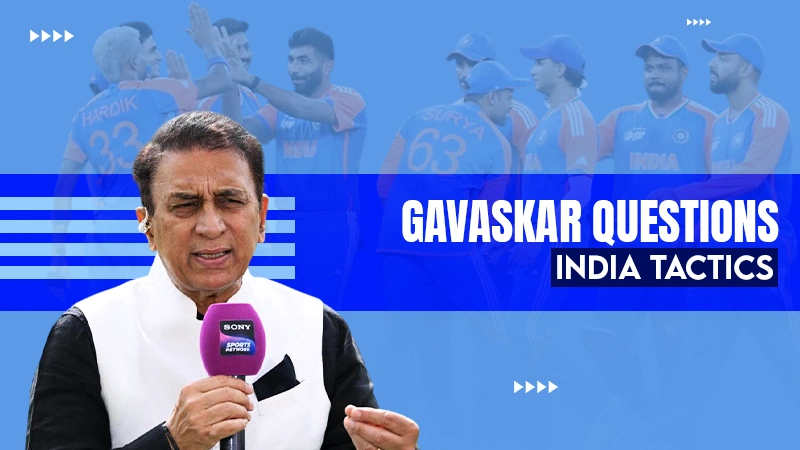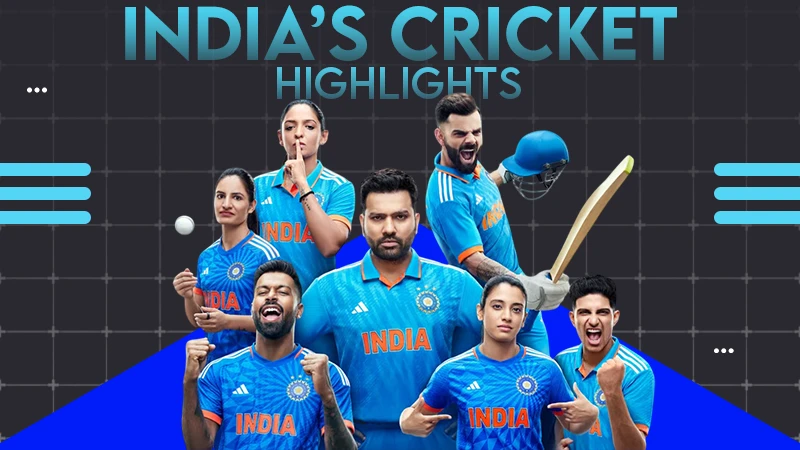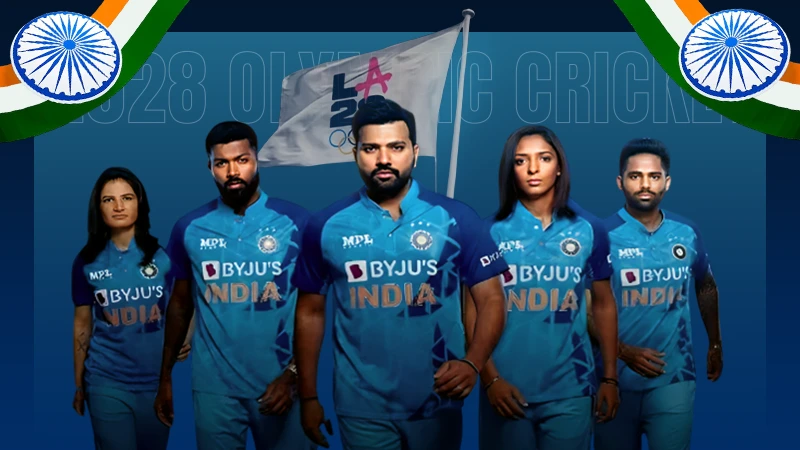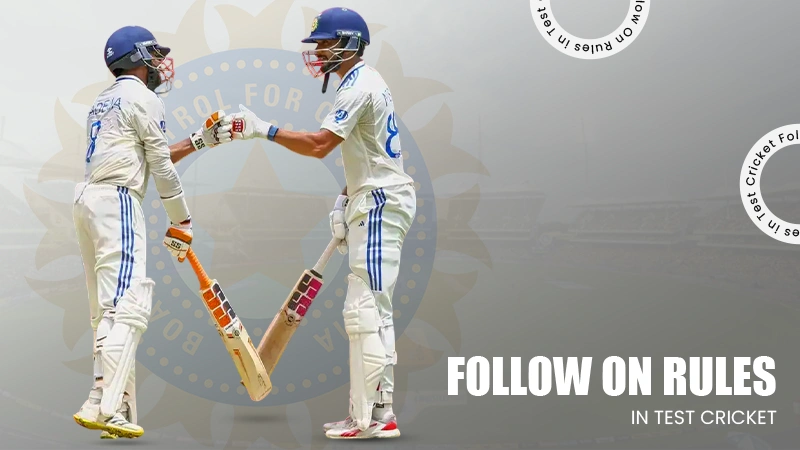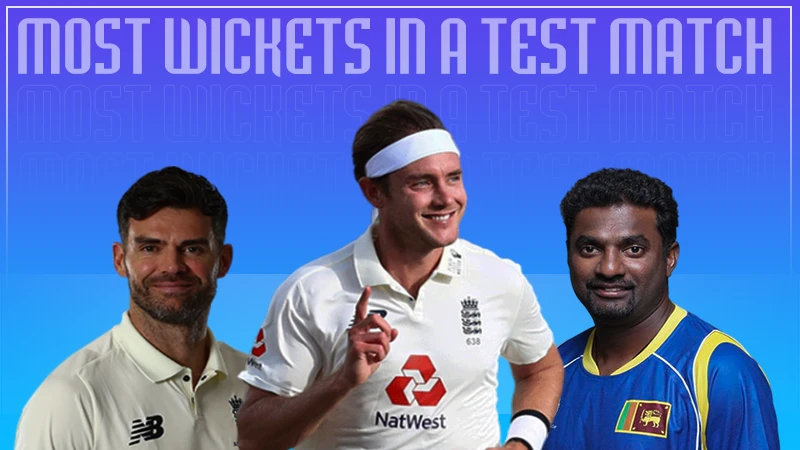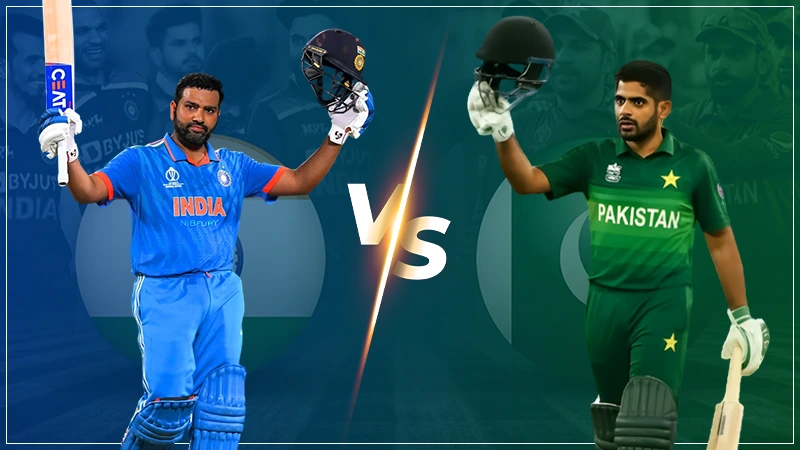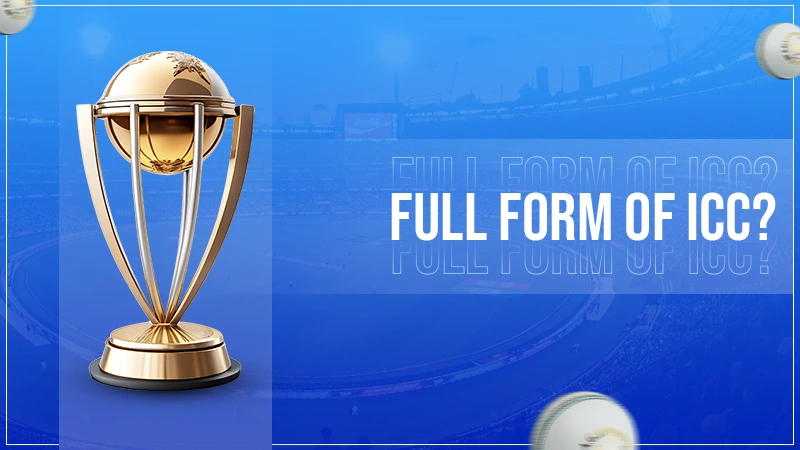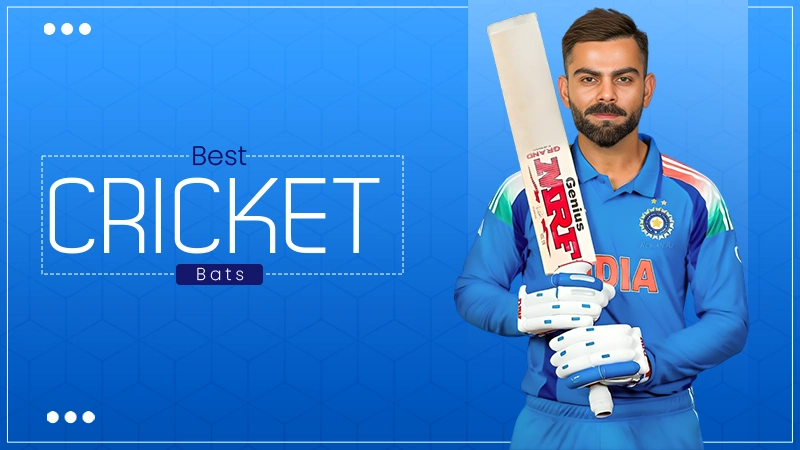
What is Ranji trophy? Here is Everything You Need to know
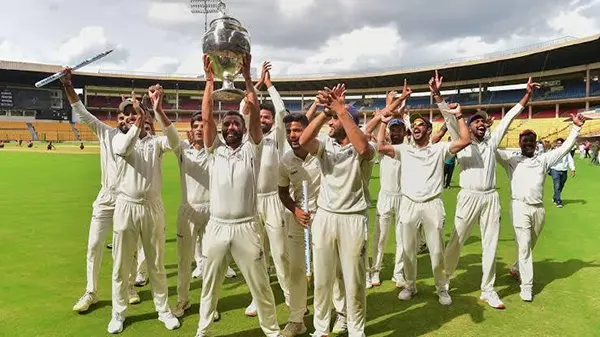
No other domestic cricket tournament captures the essence of the Ranji Trophy which has many sports fans all across India.
Established in 1934 and named after the renowned cricketer Ranjitsinhji, this esteemed competition has served as the foundation of India’s cricketing system ever since.
Some might say it’s just another cricket tournament, but that’s like calling the Mona Lisa just another painting.
The Ranji Trophy is the ultimate platform for aspiring cricketers who love to gamble on trustworthy sites like India 24bet.
Sure, you might think watching five days of cricket with no guarantee of a result sounds thrilling, but for true fans, it’s mesmerizing.
Here’s everything you need to know about the iconic tournament Ranji Trophy from its initiation to the modern-day evolution.
The Birth of a Legacy
In 1934, the Board of Control for Cricket in India (BCCI) launched a domestic cricket tournament to discover and develop talent.
This was the beginning of the Ranji Trophy. The trophy was created to encourage regional teams to play competitive cricket and was named after the legendary Indian batsman Ranjitsinhji, who played for England.
The inaugural season featured fifteen teams, a modest beginning that laid the foundation for what would become a cricketing institution.
Of course, back then, it was less about fancy sponsorships and more about who could keep their whites the cleanest on the pitch.
Here’s a glimpse of the humble beginnings:
| Year | Teams | Champion | Runner-up |
| 1934 | 15 | Bombay | Northern India |
| 1935 | 15 | Bombay | Southern Punjab |
| 1936 | 15 | Madras | Mysore |
| 1937 | 15 | Nawanagar | Bengal |
As you can see, the early years were quite the thrill, with Bombay winning easily and other teams trying their best to look competitive.
The modest start, with a mere fifteen teams, might seem quaint today, but hey, Rome wasn’t built in a day, and neither was the Ranji Trophy.
The Early Years
In the 1940s and 1950s, three teams rose to prominence in the Ranji Trophy, which gained significance during that decade. Rivalries were heated and cricketing greats like Vinoo Mankad and Vijay Hazare rose to prominence during this time.
The event served as a stepping stone between local and international cricket by giving players a chance to prove themselves and gain a berth on the national squad.
- Bombay’s Dominance: With their many trophy victories, Bombay cemented their position as the undisputed powerhouse of Indian domestic cricket.
- Emergence of Madras: Madras consistently performed well, contributing significantly to the competition’s growing stature.
- Holkar’s Rise: Holkar emerged as a strong team, showcasing their cricketing prowess and challenging more established teams.
As much as it was about winning the Ranji Trophy in the 1940s and 1950s, it was also about fierce rivalries and seeing who could play cricket while wearing the heaviest sweaters. During these formative years, the Ranji Trophy became an integral part of cricket in India.
The Golden Era
The 1970s and 1980s are often referred to as the golden era of the Ranji Trophy. Mumbai’s dominance during this period was unparalleled, winning the trophy numerous times with remarkable ease.
| Year | Champion | Runner-up | Notable Players |
| 1970 | Bombay | Maharashtra | Sunil Gavaskar, Eknath Solkar |
| 1971 | Bombay | Madhya Pradesh | Ajit Wadekar, Ashok Mankad |
| 1973 | Bombay | Tamil Nadu | Sunil Gavaskar, Dilip Sardesai |
| 1975 | Bombay | Karnataka | Eknath Solkar, Milind Rege |
| 1976 | Bombay | Bihar | Sunil Gavaskar, Sudhir Naik |
| 1977 | Bombay | Delhi | Dilip Vengsarkar, Sandeep Patil |
| 1980 | Bombay | Delhi | Ravi Shastri, Lalchand Rajput |
| 1981 | Bombay | Delhi | Dilip Vengsarkar, Shishir Hattangadi |
| 1983 | Bombay | Karnataka | Sunil Gavaskar, Sanjay Manjrekar |
| 1984 | Bombay | Delhi | Ravi Shastri, Chandrakant Pandit |
| 1985 | Bombay | Delhi | Dilip Vengsarkar, Raju Kulkarni |
This era saw the rise of cricketers like Sunil Gavaskar and Dilip Vengsarkar, whose Ranji performances earned them international recognition.
The competition became a crucible for testing endurance and skill, providing spectators with thrilling cricketing action.
While other teams tried their best, Mumbai seemed to have a permanent reservation on the winner’s podium.
Modern Day Evolution
In recent decades, the Ranji Trophy has progressed to accommodate the changing landscape of cricket. The inclusion of more teams and the introduction of knockout stages have added new dimensions to the competition.
The format was also tweaked to ensure a more level playing field, with an emphasis on competitive balance. Notable players:
- Rahul Dravid: Team Karnataka; known for his technique and patience; key to Karnataka’s titles; became India’s greatest Test batsman.
- Anil Kumble: Member of the Karnataka team; famous spin bowler; wicket-taker; top wicket-taker in Indian Tests.
- Virat Kohli: He became a global sensation while playing for Team Delhi and winning matches with his aggressive batting.
Moreover, as cricket improves, the Ranji Trophy has also found its place in the arena of online betting.
With the rise of digital platforms such as India 24 bet, fans can now engage with the tournament in new ways, placing bets on their favorite teams and players.
The modern Ranji Trophy remains relevant for nurturing talent, proving that even in the age of T20 leagues and instant entertainment, the tradition of first-class cricket still holds a vital place in the cricketing world.
Conclusion
The Ranji Trophy remains the heartbeat of Indian cricket, shaping countless careers and delivering memorable cricketing moments.
From its humble beginnings to its current stature as a globally recognized event, the Ranji Trophy symbolizes the growth and passion of Indian cricket.
It continues to be a beacon for young talent and a cherished tradition, proving that even in an age of instant gratification, there’s still room for five-day marathons and cricket whites.

